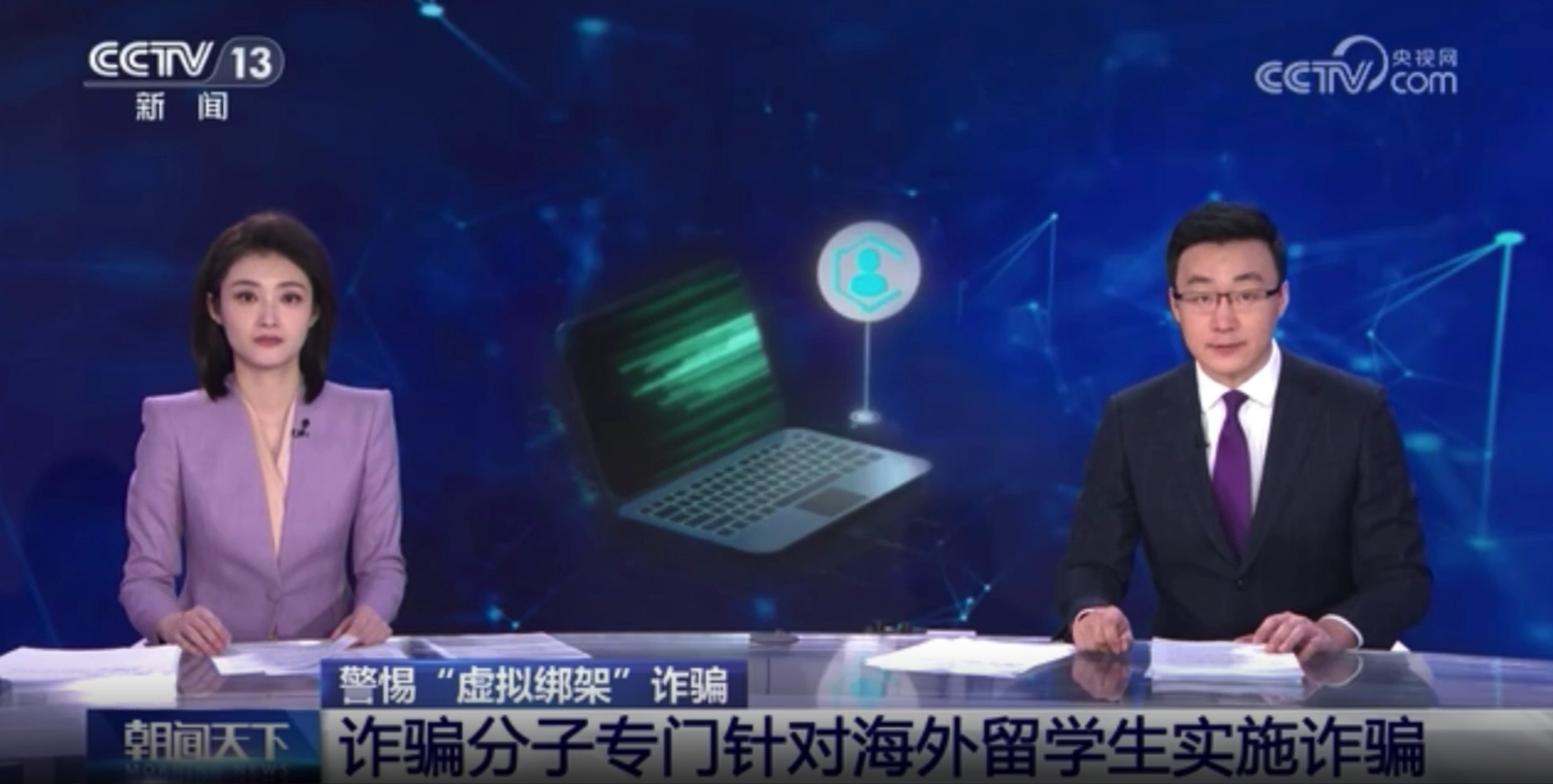
Phishing has always been a prominent topic in the security field. Despite its existence for decades, it remains one of the most effective methods for fraudulent attacks or infiltrating organizations.
Based on social engineering principles, scammers use emails, websites, phone calls, text messages, and social media to impersonate trusted entities and trick victims into clicking malicious links, downloading malware, transferring funds, or providing sensitive data such as account passwords.
As technology advances, phishers are also changing their strategies. With the help of AI, scammers are using sophisticated social engineering techniques and deepfake technology to deceive victims, making phishing attacks more sophisticated and extremely difficult to detect. In 2023, deepfake phishing scams saw a staggering 3,000% increase.
Deepfake Phishing: A Growing Threat with Evolving Techniques
Sophisticated technology is fueling a new wave of phishing scams, posing a significant risk to individuals and organizations alike. Deepfakes, which are manipulated media using artificial intelligence, are being weaponized by cybercriminals to create highly personalized and convincing attacks.
Unlike traditional phishing attempts, deepfakes can mimic not only writing styles, but also voices and even faces. This allows scammers to exploit specific vulnerabilities based on an individual's interests, hobbies, and social networks. For instance, they could impersonate a familiar contact, such as a colleague, friend, or even a company executive, to gain trust and lure victims into compromising situations.
Elevating Email Scams
Deepfakes have taken email phishing to a new level of danger. Fraudsters can now impersonate real people, like corporate executives, with near-perfect accuracy, making emails appear more believable and increasing the chances of victims falling prey. Phishing emails often employ urgency tactics and language emphasizing "requests," "payments," or other prompts designed to pressure recipients into clicking malicious links or sharing sensitive information.

Video Phishing on the Rise
Voice Cloning Adds Another Weapon
Deepfakes now extend to voice cloning, allowing fraudsters to create synthetic voices that sound remarkably like real people. These voice deepfakes can be used for various nefarious purposes, such as leaving convincing voicemails or participating in real-time conversations, further blurring the lines between reality and deception. Statistics indicate that nearly 40% of organizations encountered deepfake voice fraud in 2022, highlighting the prevalence and growing threat of this tactic.

A recent incident involving a Chinese student overseas illustrates the chilling potential of deepfakes. [The student's parents were duped into believing their son had been kidnapped through manipulated videos depicting him being harmed. Fortunately, authorities were able to locate the student safely, and the incident was revealed to be a meticulously crafted "virtual kidnapping" scam targeting overseas students and their families.
Combating the Challenge
To mitigate the risks posed by deepfake-assisted phishing, both individuals and organizations must adopt a multi-layered approach. This includes promoting cybersecurity awareness through education programs, implementing multi-factor authentication protocols, utilizing digital signature verification, and actively updating software and systems. Furthermore, collaborating with anti-fraud systems and leveraging AI technology to identify and mitigate emerging phishing threats can help create a more secure online environment.
Deepfake phishing is a rapidly evolving threat, requiring a collective effort from individuals, organizations, and technology developers to stay ahead of cybercriminals and protect ourselves from falling victim to these sophisticated scams.



